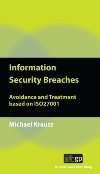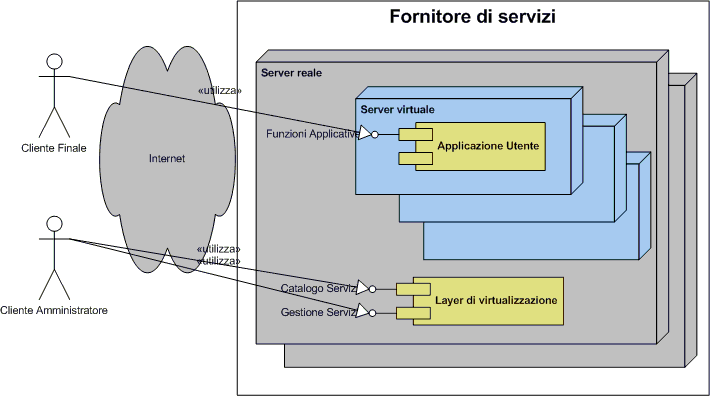The leaked data includes email addresses, password hashes, names, phone numbers, and more.
Hackers obtained login credentials for several mainstream corporate giants, including Microsoft, Samsung, Uber and Apple, etc. and gained remote access to the entities’ surveillance cameras after attacking two data centers in Asia.

This was revealed by the cyber security firm Resecurity. The company originally identified the data breach in September 2021; however, details of it were only revealed to the media now as on February 20th, 2023, hackers leaked the stolen login credentials online.
It is worth noting that these credentials were leaked on Breachforums by a threat actor going by the handle of “Minimalman.” For your information, Breachforums is a hacker and cybercrime forum that surfaced as an alternative to the popular and now-seized Raidforums.
According to Resecurity, hackers accessed two of the largest data center operators in Asia that were being used by several mainstream companies and technology giants. From there, the hackers could obtain customer support logins for high-profile companies, including Amazon and Apple, BMW, Microsoft, Alibaba, Walmart, Goldman Sachs, etc.
As seen by Hackread.com on the hacker forum, the threat actors managed to obtain and leak credentials from over 2,000 firms and a Chinese foreign-exchange platform.
The data centers have been identified as Shanghai-based GDS Holdings and Singapore-based ST Telemedia Global. Both data centers reportedly forced all customers to change their passwords in January 2023.

Dangers
The dangers of hackers obtaining login credentials of tech giants such as Apple, Amazon, Microsoft, Samsung and others are numerous and severe. Firstly, such credentials allow hackers to access sensitive customer data, including payment information and personal details, which can lead to identity theft and financial fraud.
Secondly, hackers can use these credentials to gain access to the company’s networks, potentially compromising intellectual property and trade secrets. Additionally, with access to company accounts, hackers can launch cyber attacks against other organizations, amplifying the damage caused by their actions.
Furthermore, a breach of a tech giant’s login credentials can have far-reaching consequences, impacting not only the company and its customers but the wider economy and society as a whole. For instance, if a company like Amazon were to suffer a significant data breach, it could lead to a loss of consumer trust, which could in turn affect the confidence of investors and the stock market.
Moreover, a successful hack of a tech giant’s credentials could inspire copycat attacks, leading to an escalation in cybercrime and potentially destabilizing the digital infrastructure that underpins much of our daily lives.
To mitigate these risks, tech giants must remain vigilant in their cybersecurity measures, ensuring that their systems are regularly updated and that their employees are trained to detect and prevent security breaches.
Companies must also invest in advanced technologies such as machine learning and artificial intelligence to detect and respond to cyber threats in real time. Finally, companies must ensure that they comply with industry standards and regulations related to cybersecurity, such as the General Data Protection Regulation (GDPR), to protect the privacy and security of their customers.
How to protect from Data Breach?
There are several steps you can take to protect yourself from a data breach:
- Use strong, unique passwords: Use different passwords for each of your accounts and make sure they are strong and difficult to guess. Consider using a password manager to keep track of your passwords.
- Enable two-factor authentication: Two-factor authentication adds an extra layer of security to your accounts by requiring you to provide a second form of identification, such as a code sent to your phone, in addition to your password.
- Keep your software up to date: Keep your operating system, web browser, and antivirus software up to date to ensure that they have the latest security updates.
- Be cautious of suspicious emails: Be wary of emails from unknown senders or emails that contain suspicious links or attachments. These could be phishing emails designed to trick you into giving away your personal information.
- Limit your personal information online: Be cautious about sharing personal information online, and only provide it when necessary. Consider using privacy settings on social media to limit who can see your information.
- Monitor your accounts: Keep an eye on your accounts for any suspicious activity and report anything out of the ordinary to the appropriate authorities or financial institutions.
By taking these steps, you can help protect yourself from a data breach and minimize the impact if one occurs.
Big Breaches: Cybersecurity Lessons for Everyone
Previous posts on Security Breach



![Reblog this post [with Zemanta]](https://img.zemanta.com/reblog_e.png?x-id=e364c3f8-521e-44de-a154-53ab29e3d178)

![Reblog this post [with Zemanta]](https://img.zemanta.com/reblog_e.png?x-id=5cd3d1f1-ee98-4c7c-90c8-083e60e311b6)



